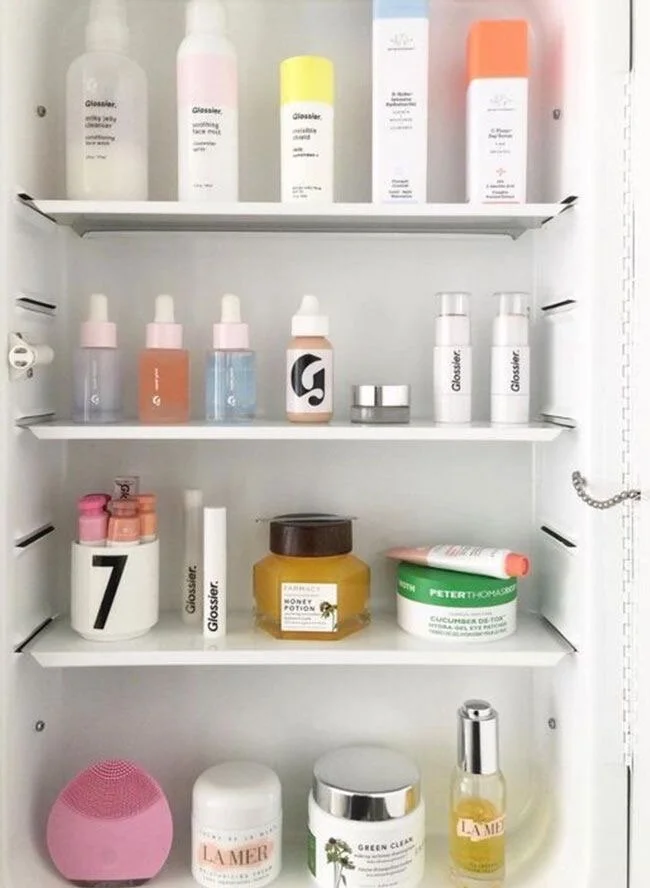The Truth Behind Clean Beauty
While many brands boast clean beauty products that are free of harsh chemicals, not many are truly “clean.” To me, a clean beauty brand is one I feel good about buying from. So, yes, that includes products that are free of harmful chemicals, but there is so much more that I look for in a brand I can truly feel good about.
Photo: Pinterest
Do they donate?
Many beauty brands donate a portion of their revenue to different causes that are important to them. For example, Caudalie, among many other beauty brands, are partnered with 1% for the Planet, which is an organization that partners with businesses that commit to giving 1% of gross sales each year to approved nonprofit partners through the organization. There are many other brands that donate, but 1% for the Planet is one that I really trust.
Packaging?
Something extremely important to keep in mind when evaluating beauty brands is their packaging. So much waste is created by excess packaging, and it’s important to do your part by choosing sustainably packaged products when possible. In 2018, Zero Waste reported that more than 120 billion units of packaging are produced in the global Cosmetics industry annually. Instead of contributing to that, some brands are using biodegradable packaging, or refillable packaging. Love Beauty and Planet, which is sold at Target, uses 100% post-consumer recycled plastic packaging. Ritual offers refill pouches, so new soap bottles do not need to be purchased every time the product is empty. Kiehl’s also has a stamp system, where you can return 10 empties in return for travel-sized products. Before purchasing from a “clean” beauty brand, research their packaging.
Certifications?
There are many certifications out there that are not necessary or required of any brand, but products that have seals of different certifications on the packaging are usually going above and beyond to be sustainable. Look for Organic, Fair Trade, and Ocean Safe certifications on your beauty products to see how much those brands are actually doing to create ethical and sustainable products.
Not many brands can confidently answer yes to all of these questions, and no brand is perfect, but as a consumer, it’s important to be aware of which brands you choose to give your money to, and what they stand for. Hopefully these questions will leave you thinking, and aid you in making conscious purchasing decisions from companies that have the same values as you.

